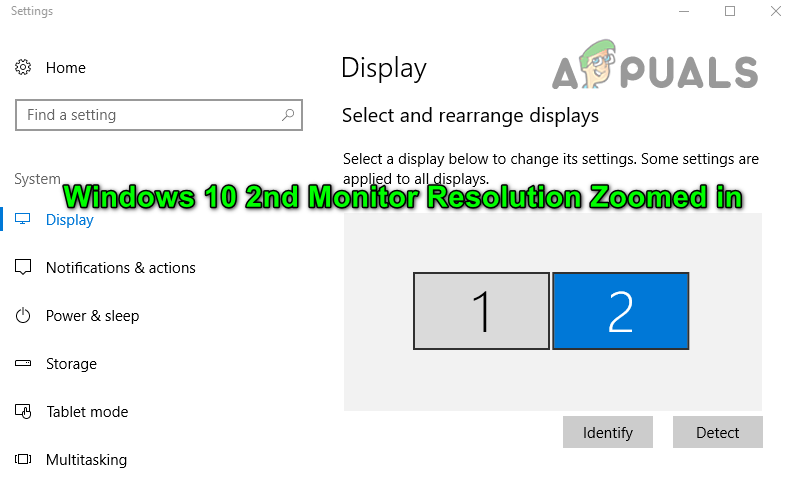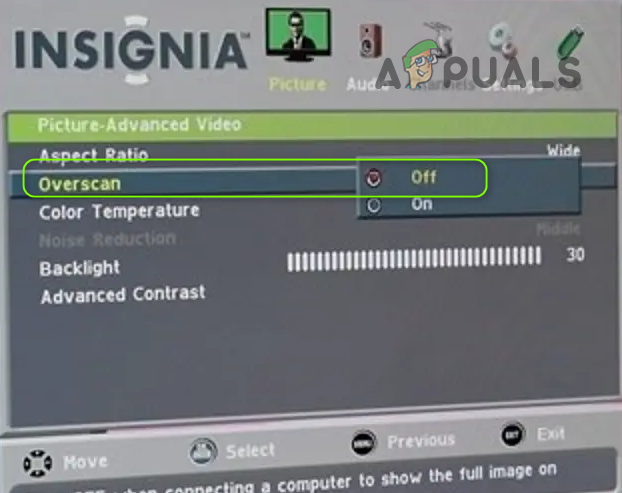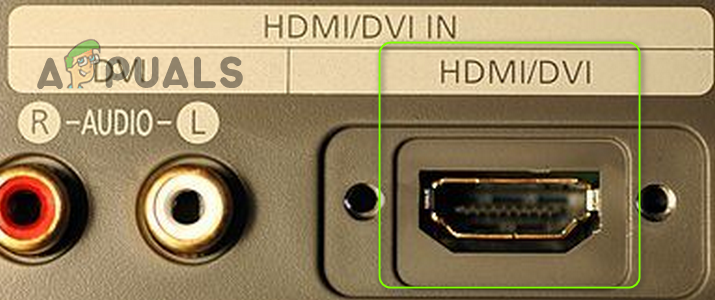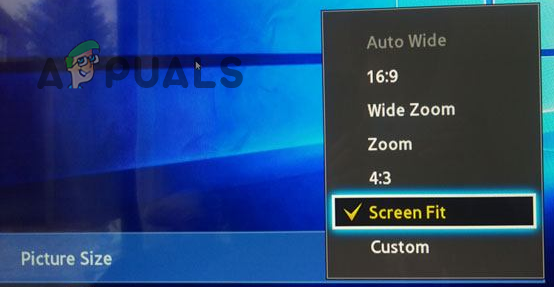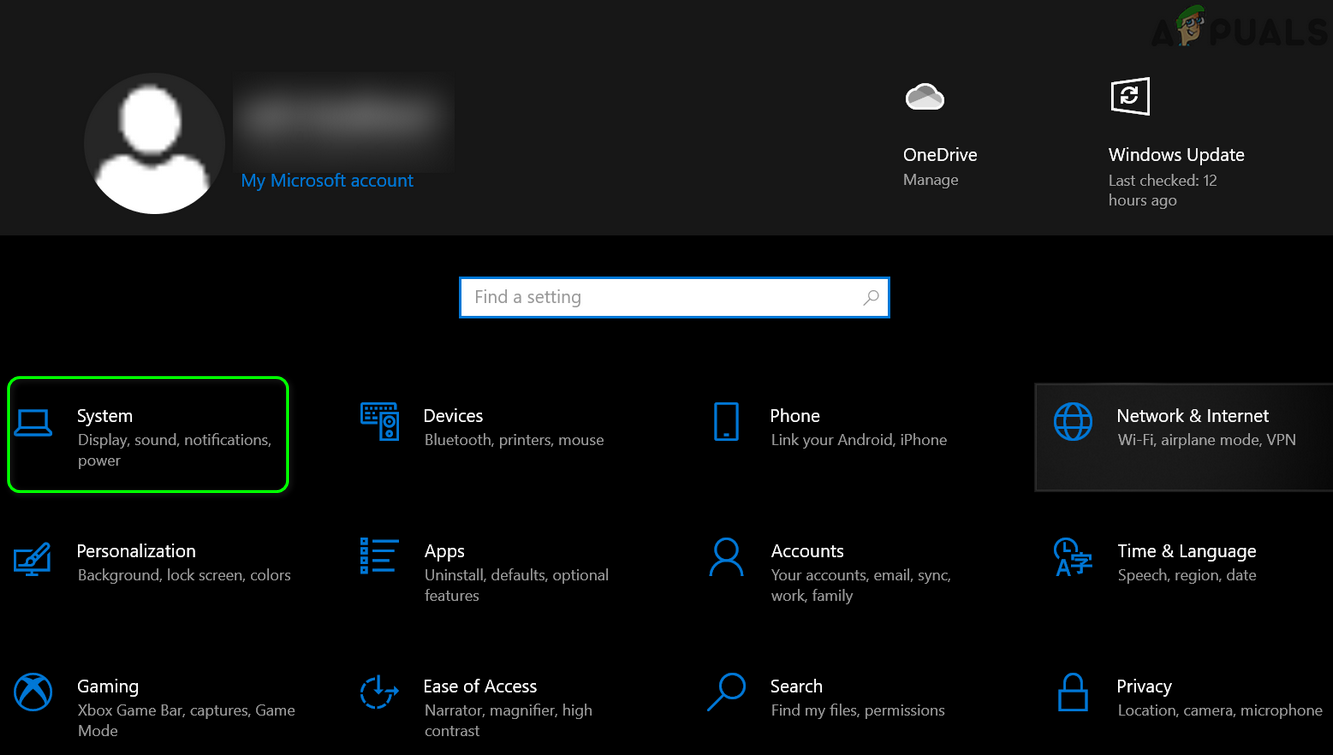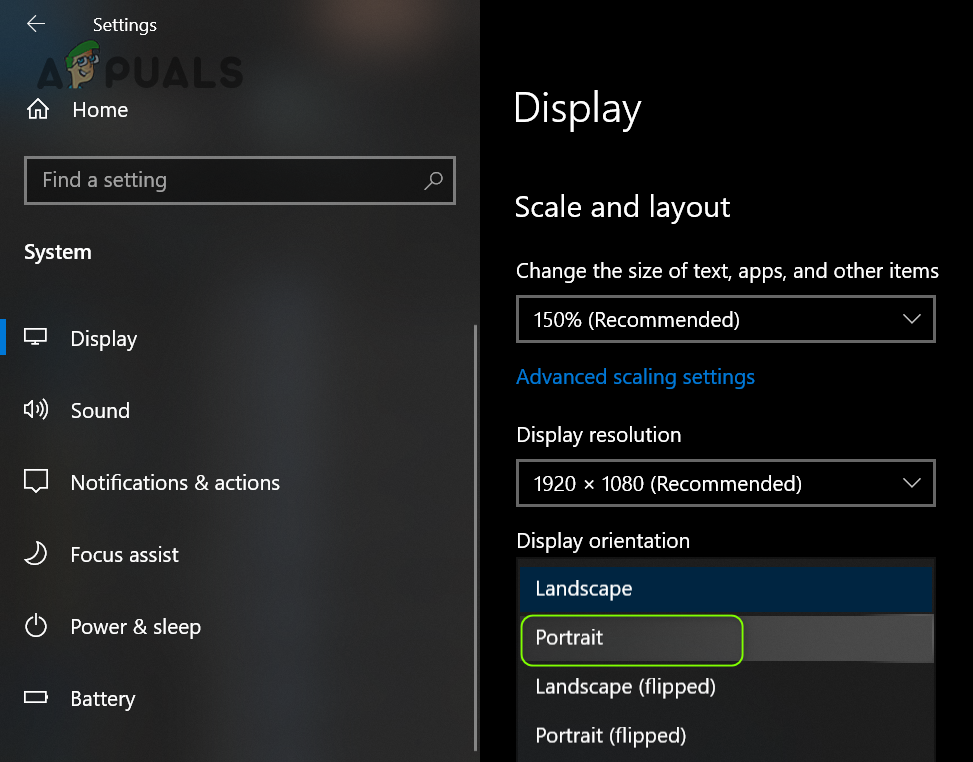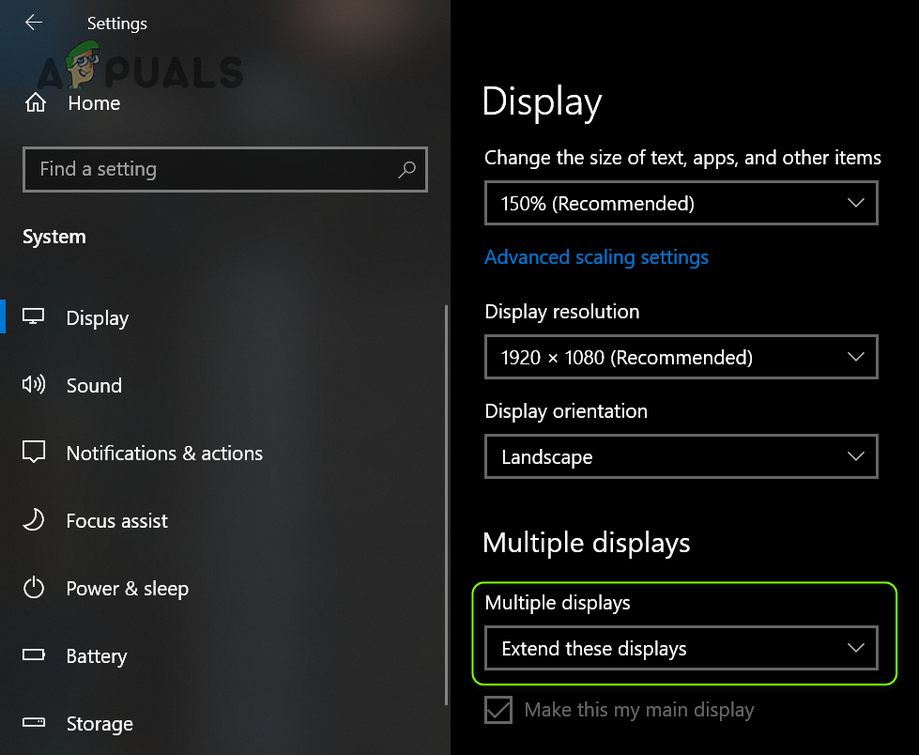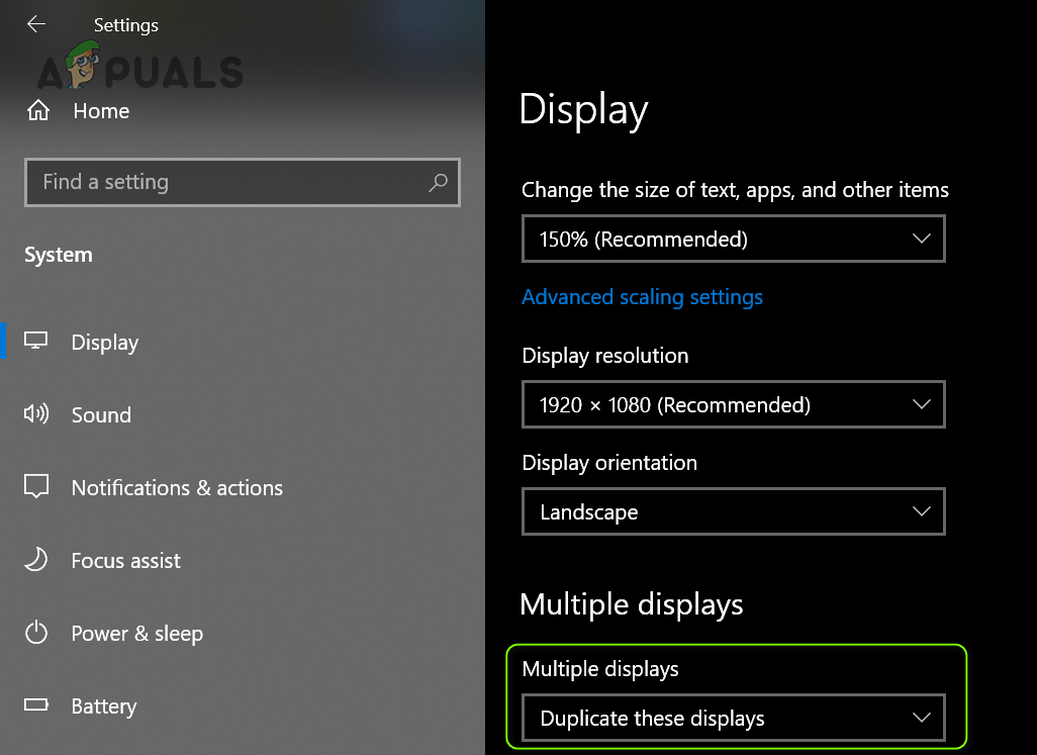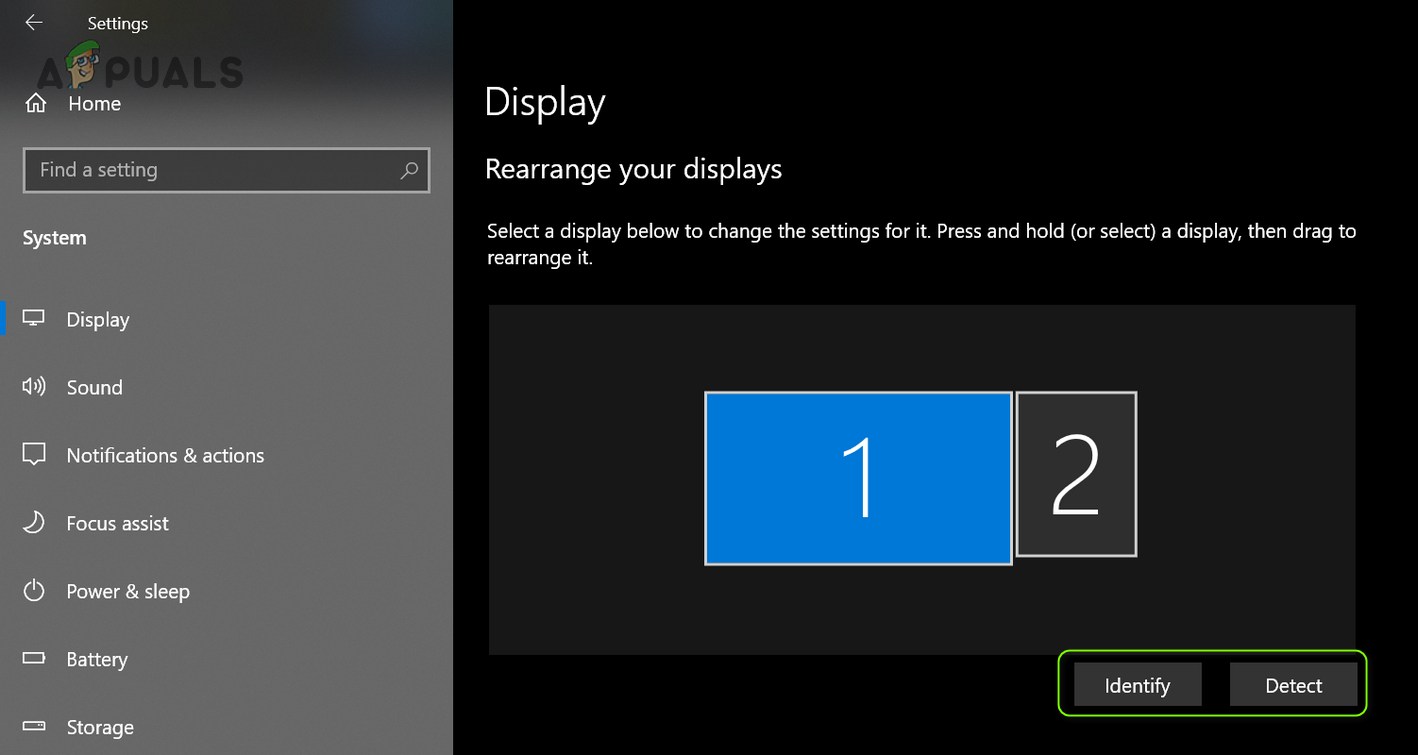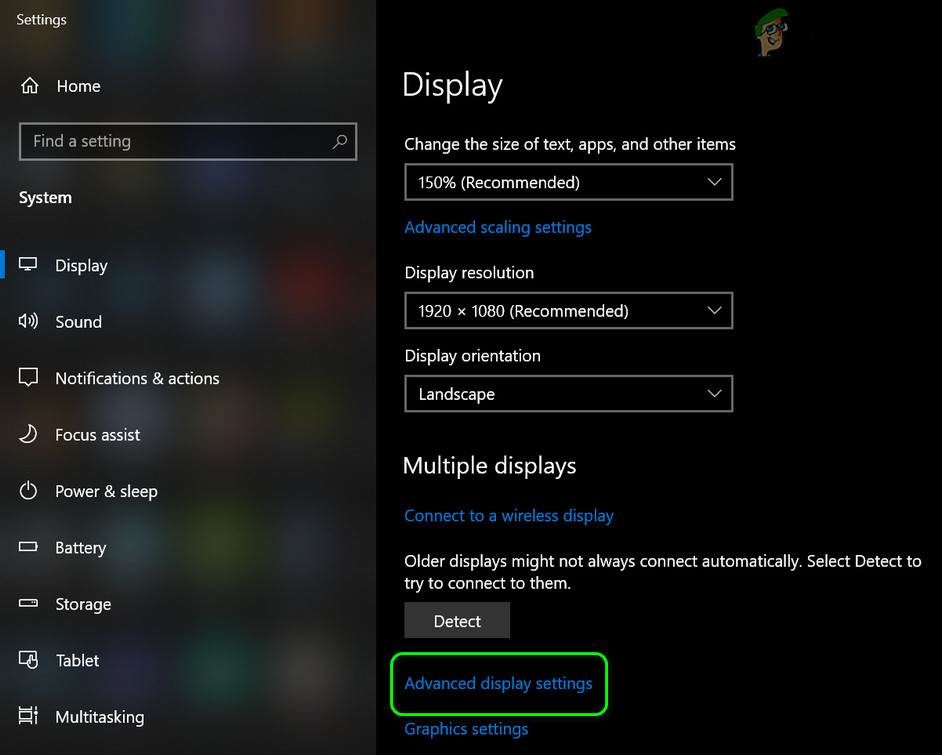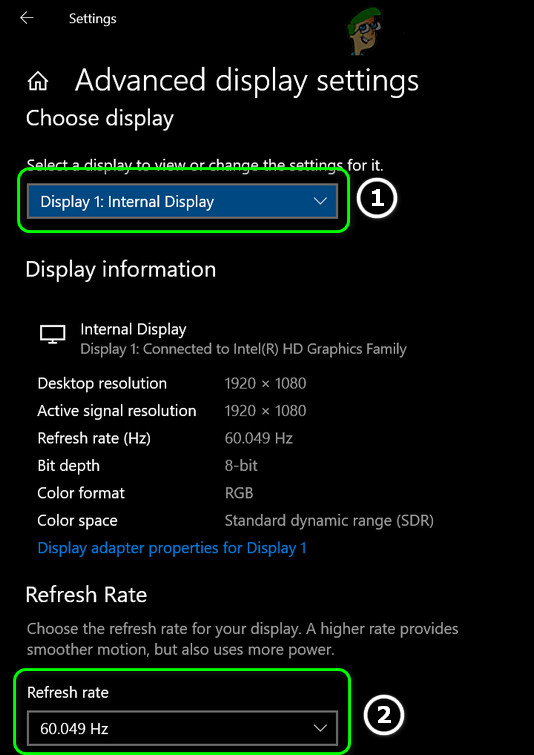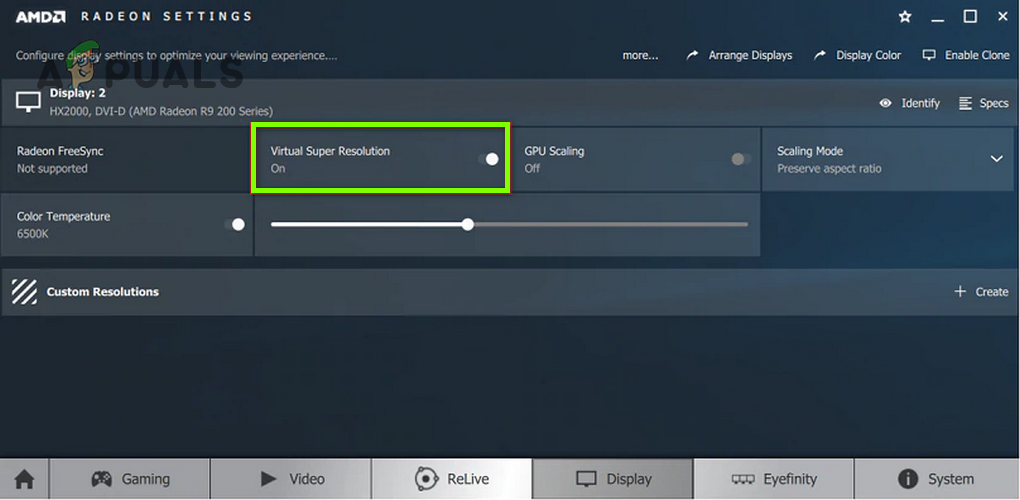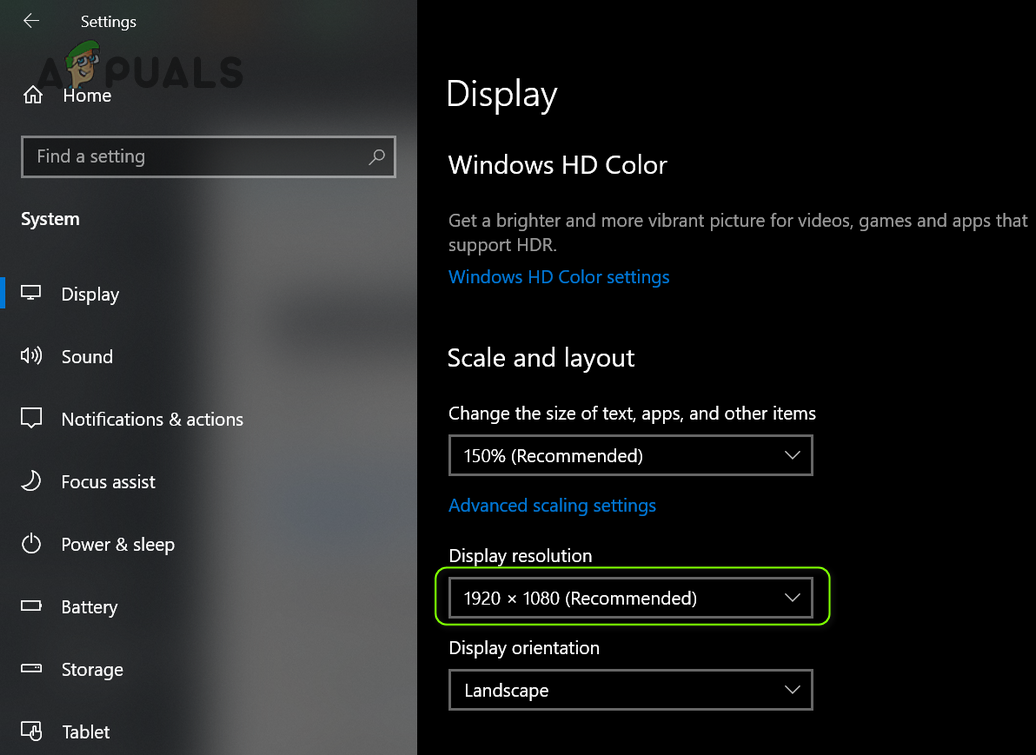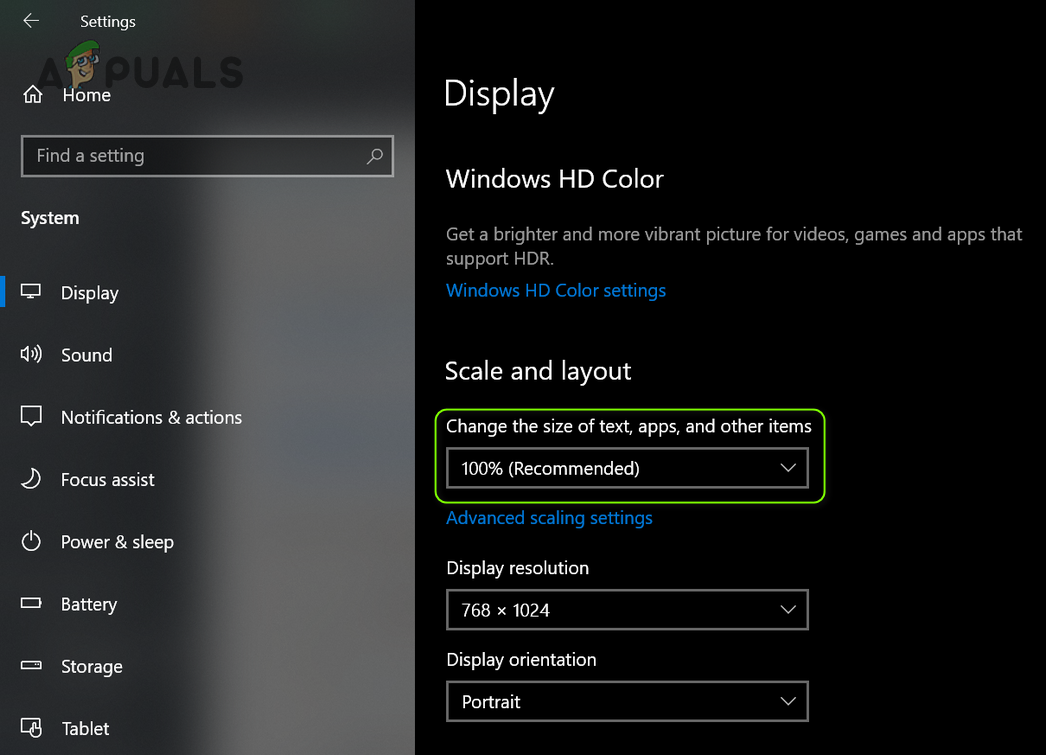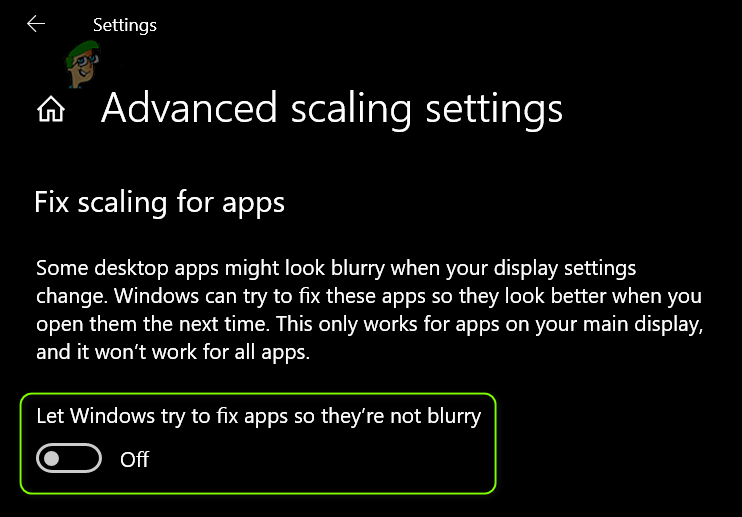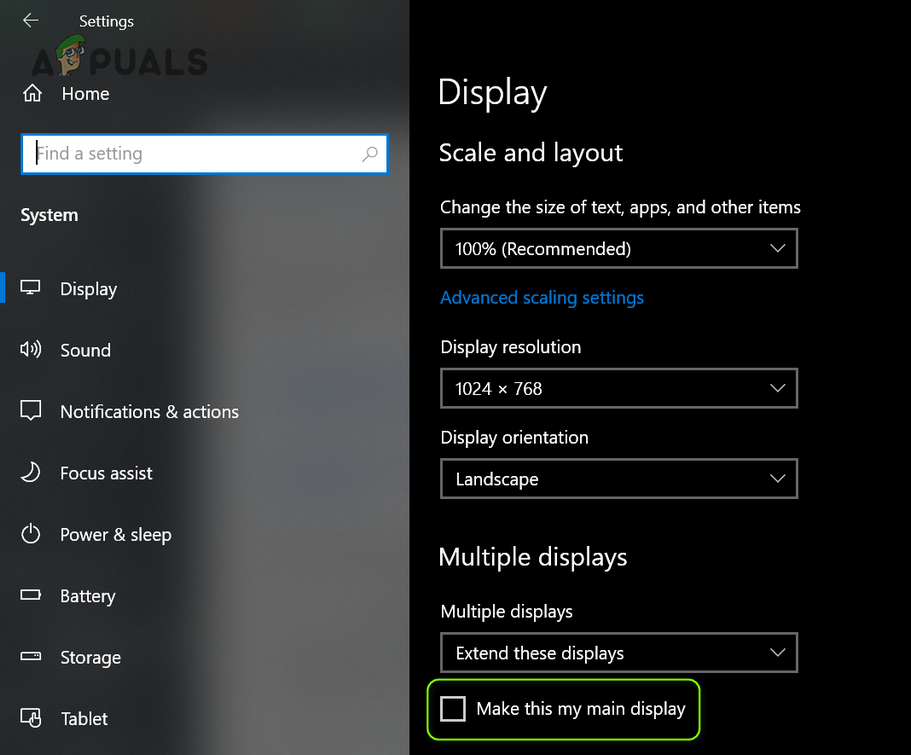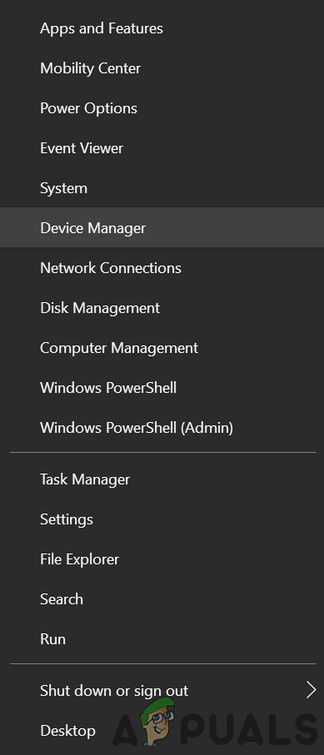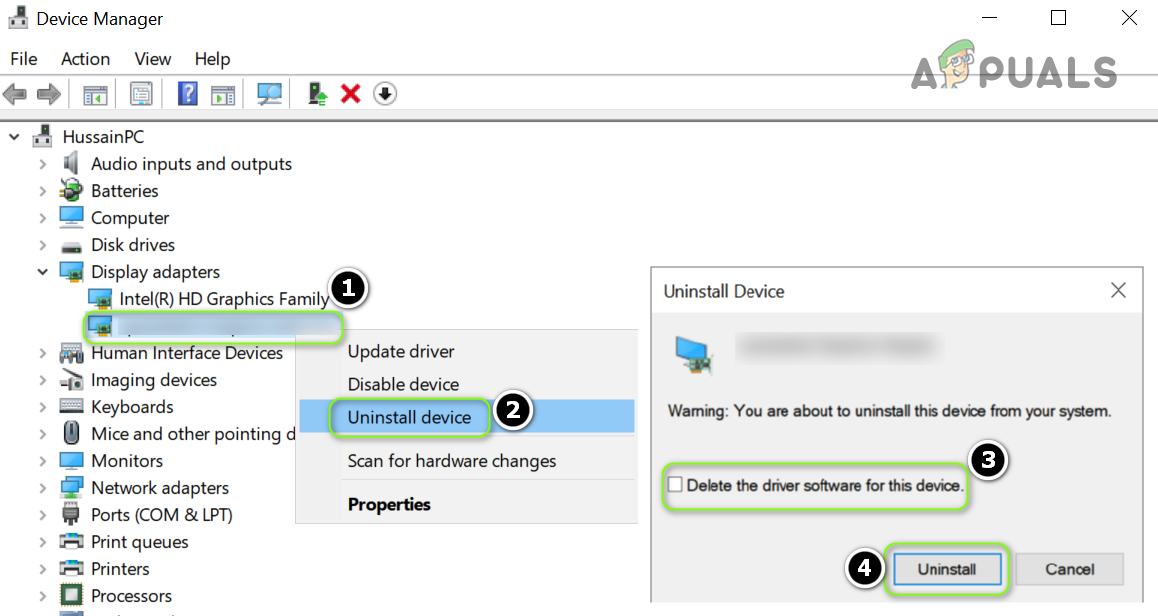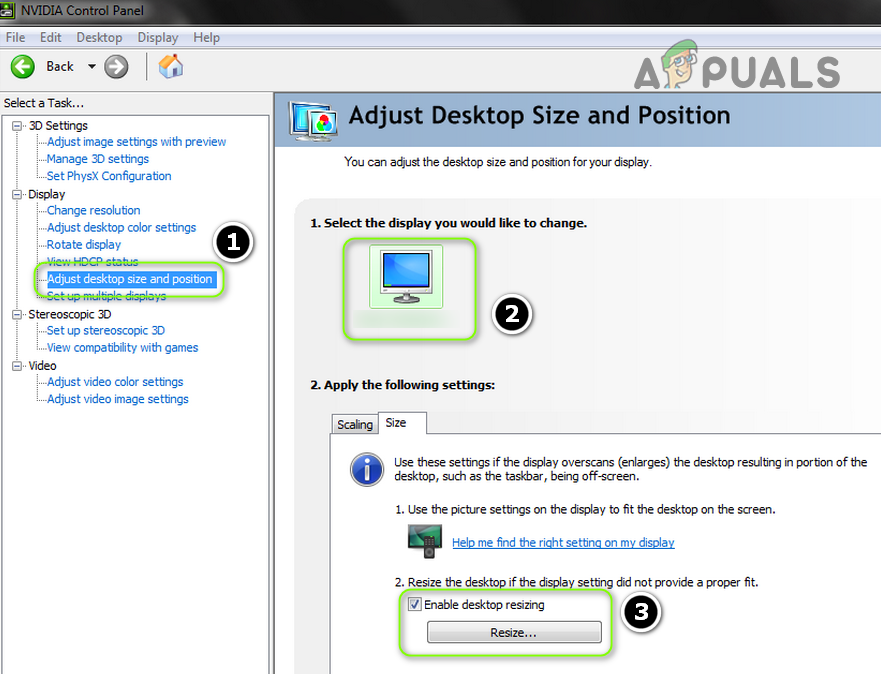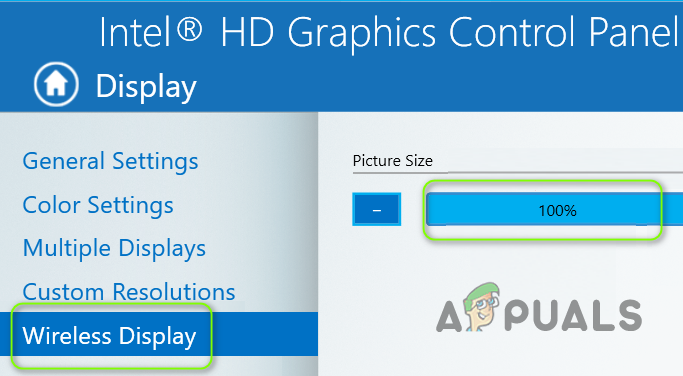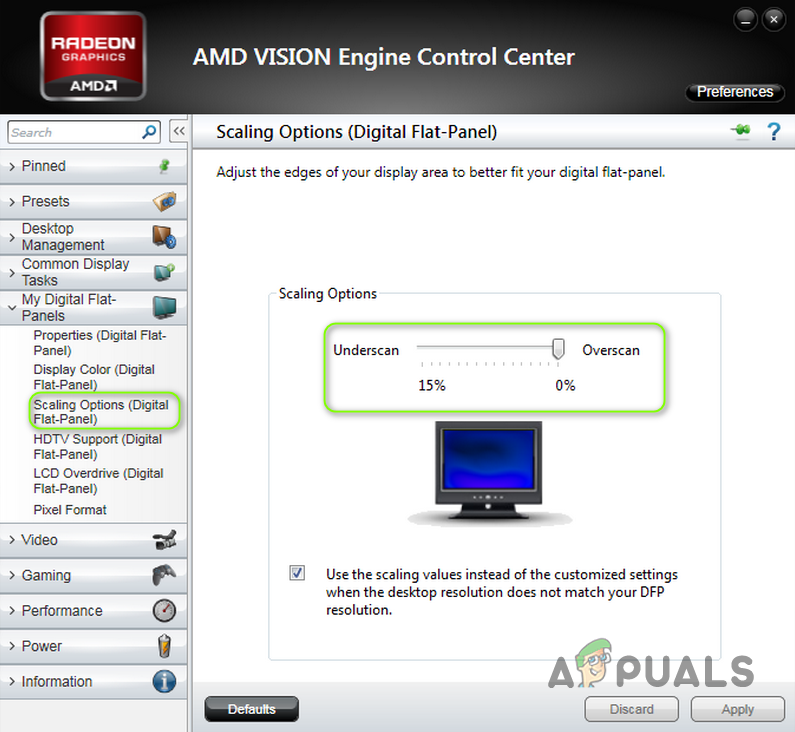Before proceeding to fix the resolution on your second monitor, make sure the problematic applications, Windows, drivers (especially, BIOS) of your system are updated to the latest build. Also, check if moving a window from the 1st monitor to the 2nd monitor solves the problem. Moreover, check if immediately logging out/in after connecting the 2nd monitor sorts out the problem. Last but not least, make sure the magnifier is not enabled on your system.
Solution 1: Edit the Monitor Settings
You may face the zoomed-in resolution on the second monitor if its settings (especially, if you are using a TV as a monitor) are not properly configured. In this case, making the relevant changes (as discussed below) may solve the problem. But keep in mind that some of these settings may not be available to all users or the instructions slightly differ (you may have to dig deeper to make it work for you). But before proceeding, check if trying (without any of the display adapters) different ports/cables (HDMI, DVI, VGA, display port, etc.) between the system/monitor sorts out the problem (try to use the internal graphics card of your system). If you are using a 4K display, then make sure to use 4K supported cables.
Disable Overscan in the Monitor/TV Settings
Disable HDMI Full Mode in the Monitor Settings
Edit the General TV/Monitor Settings
If the issue persists, then you may try the following one by one to solve the problem:
Solution 2: Edit the Display Settings of Your System
The 2nd monitor may show zoomed-in resolution if the display settings of your system are not properly configured. In this context, editing the relevant display settings (discussed below) of your system may solve the problem. You may also try these edits in the graphics control panel (like Nvidia Control Panel). If you are encountering the zoomed-in issue with some applications, check if launching these applications in the compatibility mode solves the problem.
Change Display Orientation
Edit the Multi-Monitor Settings
Match the Refresh Rate of the Monitors
If the issue persists, you may apply a similar refresh rate to both displays in the graphics control panel of your system (e.g., Nvidia on Intel HD Graphics Control Panel) and check if that resolves the monitor issue. If you are using a display that is greater than 1080P, then make sure to enable Virtual Super Resolution in the Graphics Control Panel (in AMD Radeon, you may find it under the Display tab).
Use the Recommended Resolution for Both Monitors
Edit the Scaling of Your Display
Set Your Second Monitor as Main
Solution 3: Update/Reinstall the Graphics Driver
You may encounter the issue at hand if the graphics driver of your system is outdated or corrupt. In this scenario, updating (or reinstalling) the PC’s graphics driver may solve the problem. If the issue persists, then you may try to roll back to an older version of your graphics driver.
Solution 4: Edit the Graphics Control Panel Settings
There are different settings in your graphics control panel (like Nvidia Control Panel) that may trigger the zooming-in on the second monitor. In this case, editing the relevant settings in the Graphics Control Panel may solve the problem.
Enable Desktop Resizing
Set the Picture Size
Disable Overscan in the Graphics Control Panel
Edit the General Settings
Microsoft Could Formally Announce Windows 10 version 1909 On October 2ndEndless Space 2 Supremacy and Endless Legend Inferno Expansions Launching 2nd…Valorant is Launching on June 2ndNavi 23 Might Be Based On AMD’s 2nd Generation RDNA Architecture, Internally…
